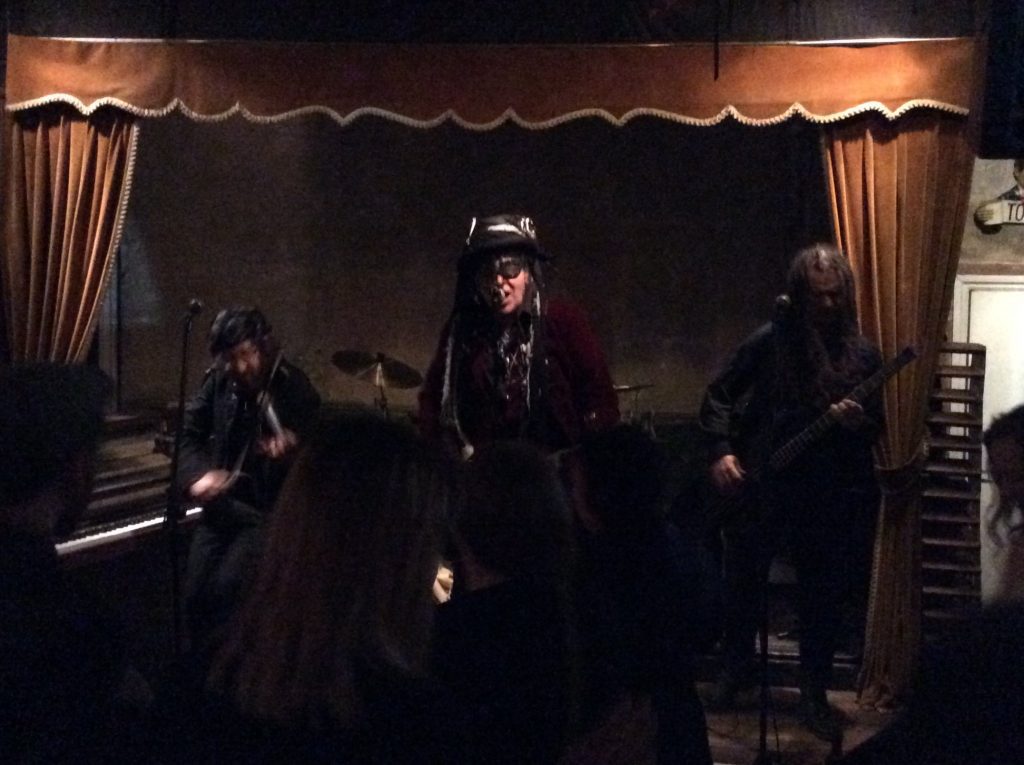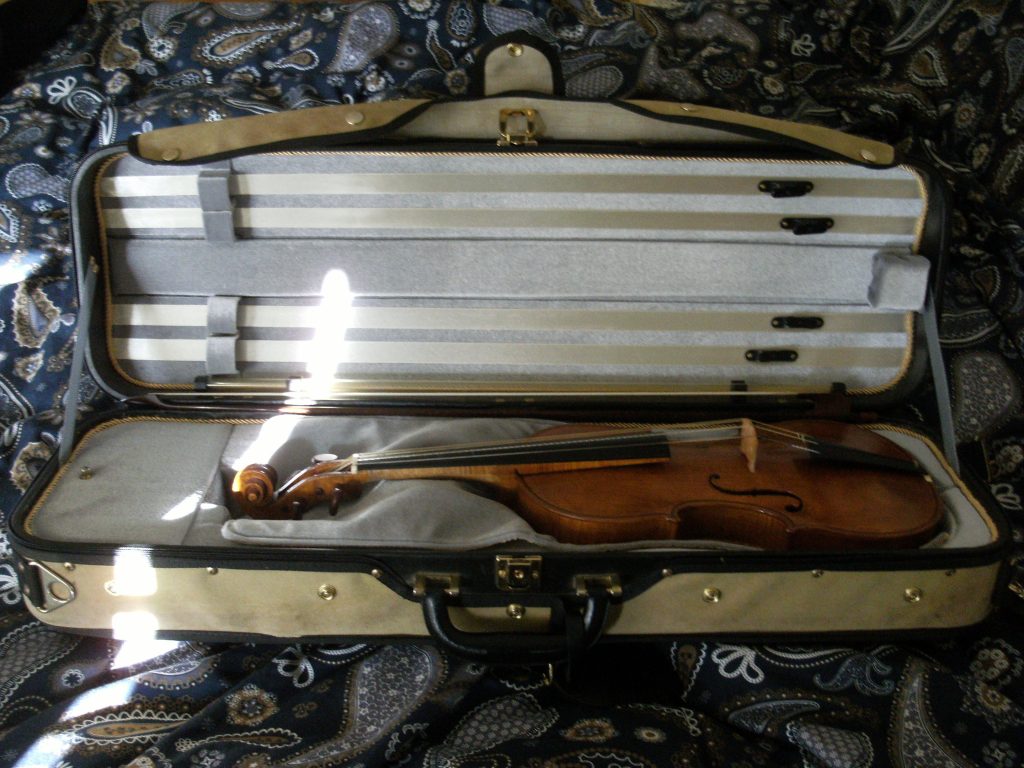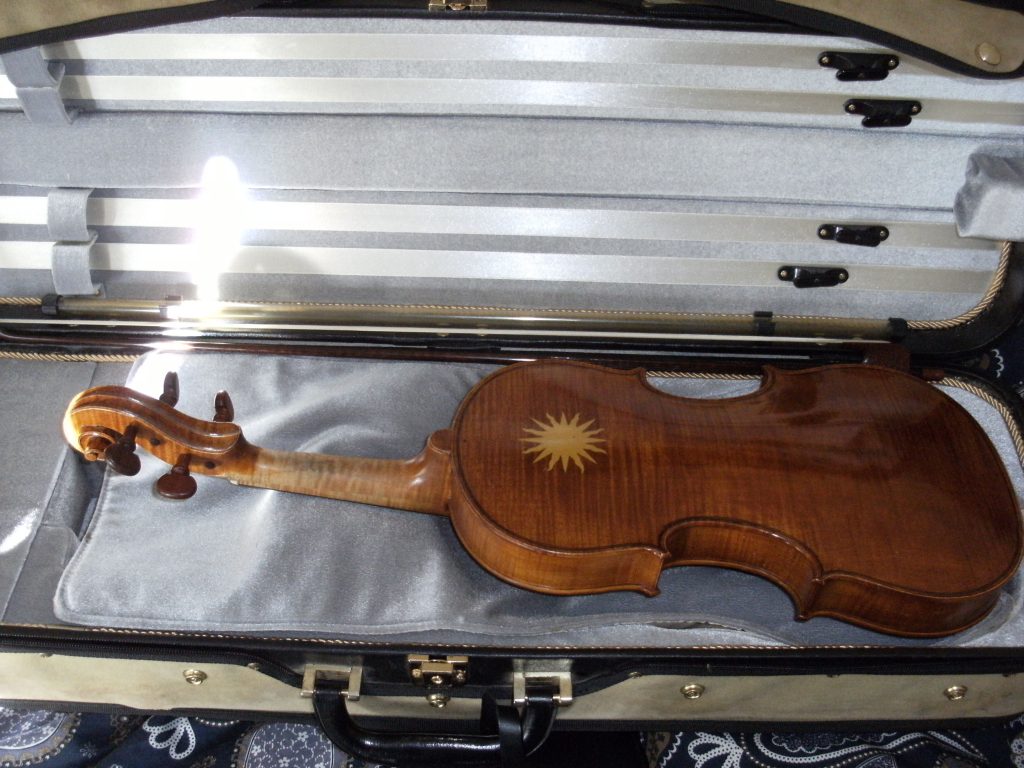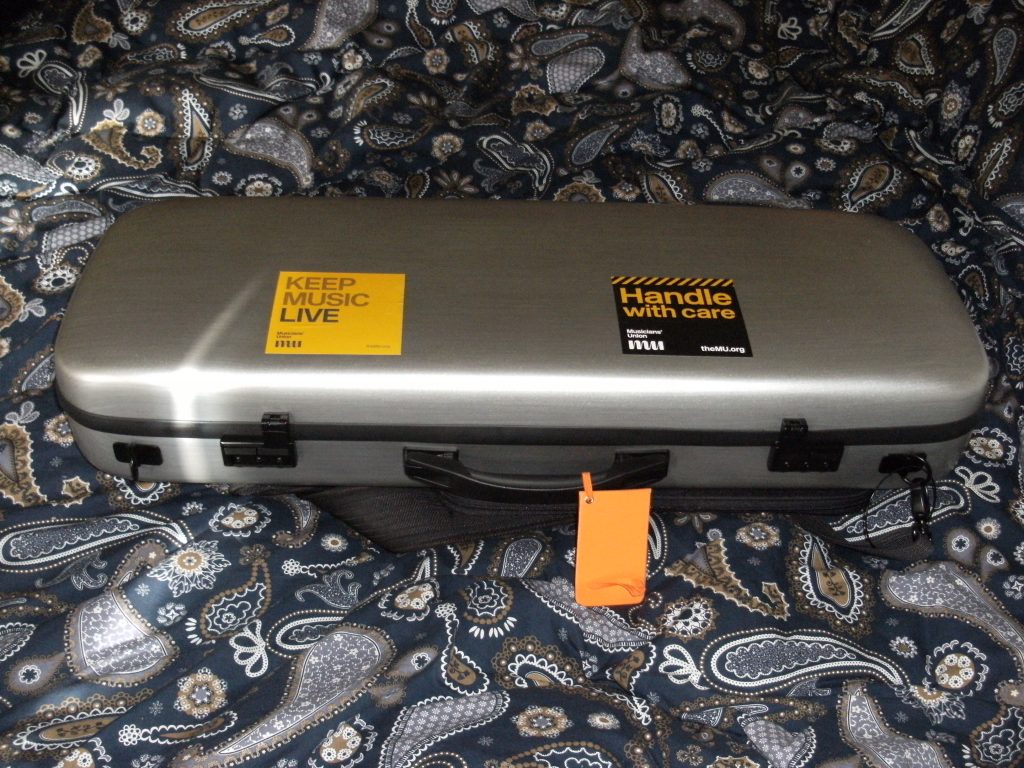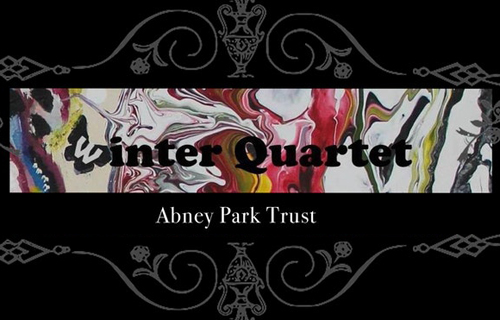Ironically, after a couple of years of insisting that ‘session musician’ is an outdated description of what I do because the money is all in live these days, I’ve just finished a busy period of studio recordings of one kind or another.
La Folie have now finished tracking for our début album (editing, mixing, mastering and so on will take a lot longer; February is the hoped-for release date). The repertoire, all English, ranges from viol consort pieces by Munday and Weelkes, through Playford and of course a substantial dose of orchestral Purcell, up to Handel trumpet marches and an Arne trio sonata. Three days’ work saw the strings’ pieces completed, with I believe some harpsichord solos and an oboe sonata to finish off afterwards.
In totally different mode, I was in purpose-built recording studios (rather than chilly chapels in autumn!) for two sets of overdubs on studio-only tracks. Producer Tom Pugh’s upcoming ‘Henry’s Tune’ was inspired by creating something in a modal E flat minor, so that his toddler son (Henry) could bash on the black keys of a keyboard and solo convincingly over the top! I hasten to add that the release version doesn’t contain any of Henry’s contributions, which I think are kept to private live performances. We chatted about the track at a fairly early stage, and Tom decided to get me on board to write and record some acoustic string lines, and open up some sonic and chronological space in the track for them to weave in, sometimes at the foreground, sometimes deeper in the texture. Never one to back away from expansive arrangements (and by this point quite familiar with layering many more tracks than musicians in a studio context), I ended up using as many as 5 different parts (4 violins + viola) in one section; which I then double-tracked; with the engineer using a close and a distance mike to give Tom mixing options on a more or less ‘live’ acoustic sound. Yes, that comes to 20 tracks of me. I swear I’m not an egotist. Well, no more so than is normal among performers. Another section involved two improvised solo lines – which I did not double-track, you’ll be relieved to hear. The track is still in post-production so I’ll keep you posted, but some of Tom’s other music can be found on Soundcloud under the name #rosputin.
In a rather different vein, another studio overdub for David Cole (an assignment on his film & TV music course) was a straight single-line overdub which came fully scored (as opposed to Henry’s Tune where I scribbled down various ideas and edited / revised / added to them on the same piece of manuscript paper with pencil and rubber over an email and Dropbox collaboration process with Tom, leaving a set of instructions comprehensible only to me). This can’t be allowed out publicly yet as it has to be assessed, but I’ll keep you posted on that too as it was a well-constructed piece of music (and a well-written part for violin, which isn’t always the case!) and a pleasure to work with someone both relaxed, appreciative and professional in their attitude to musicians.
Two Sundays in November, amid all of this, saw me at a very well-equipped private girls’ school in Dulwich, working in a group of 8 or 9 instrumentalists (cello, flute, oboe, clarinet, trumpet, trombone, piano, my violin, some percussion overdubs) to accompany an amateur company’s recording of Gilbert & Sullivan’s Utopia Limited – entire. You can imagine this was a pressured schedule, even with a cast and conductor that had staged the whole thing. More so as we players were more or less feeling our way through a selection of parts from the original orchestration, with piano filling in the gaps, and were sight-reading as we went (one run-through at most before going for a take!). Luckily for me, a lot of the particularly high and squiggly passages in Sullivan’s orchestration are doubled at pitch between first violin and flute; musical considerations meant I got to take the second violin, usually the same material an octave lower, where that was the case. As I’ve commented before, my classical sympathies at least are increasingly with the viola and its lower tessitura! Still I handled this a lot better than the last time I was faced with Sullivan, which is pleasing. Apparently even my violin playing is improving significantly from density of professional playing.
Finally, another rather chilly church saw me joining (and de facto leading, though it’s a somewhat meaningless distinction among 3 players) the viola section of the London Contemporary Chamber Orchestra a week ago today. This group’s remit is to work entirely with new music, rehearsing and workshopping to feed back to composers on music produced in response to their suggested themes or which happens to fit them, performing some of it and recording some (which may or may not overlap), with opportunity frequently made use of to revise compositions in between. We had five fairly short and remarkably diverse items to cover in a day’s rehearsal and recording – pulling no punches on timing then. Three of the composers were present (one playing in the percussion section) to guide a very definitely chamber orchestra – single winds (7 in total), two percussionists taking up about half the available space between the instruments they were required to navigate, and a body of a dozen strings – and their conductor on their numbers. The ‘in-house’ composition, so to speak, was based on a tricolour – red, yellow, blue – with the sections headed but running continuously, and incorporating the only aleatory section of my part. The brass players were also required to double on additional percussion when not playing trumpet, horn and trombone respectively! A very dense piece entitled Ophiuchus, composer absent, was apparently based around a detailed programme of life emerging from a swamp on a newly-discovered planet, and featured divided strings creating grinding pianissimo dissonances (a sonic swamp!) under wind solos, before emerging to much sharper rhythm and harmony at double speed. Tempo modulation also featured in Terpsichore awakens, together with a dance-like rhythmicness to be expected from the title and playful use of cross-rhythms (capable of being very misleading when semiquavers in 9/8 are available as a viable melodic unit!). My old county youth orchestra friend Emily Dickinson’s Quite at Leisure; or, Mr Bennett’s Library was certainly the most postmodern of the set, showing an ability to master the English cowpat sound, somewhere between Elgar and Vaughan Williams, as expected in Austen screen adaptation soundtracks – and subvert it, whether with frantic interruptions suggestive of the Bennett females’ tangled emotional lives, or with busy percussion parts and buried quickly-resolving dissonances within the more straightforward material that might point to Austen’s self-awareness as a writer, her sarcastic wit or Mr Bennett’s refusal to live in the world of a romantic novel. Mutation of Credo is perhaps the piece I should most like to have explained in detail; part of a series of compositions expanding and reworking the movements of Palestrina’s Missa Papae Marcelli into orchestral pieces. Whatever exactly the processes involved in this ‘mutation’, the result could only have been written within the last few decades and I am intrigued to know how one relates to the other.
After that lot, recording takes a break for now, though both Kindred Spirit and The Filthy Spectacula intend to record in 2018. Kindred Spirit get to round off 2017, with a free full band gig tonight at the Belle Vue in High Wycombe, and a duo gig spanning the old and new years at Basingstoke Irish Club. Keep an eye out for next year’s public outings!
